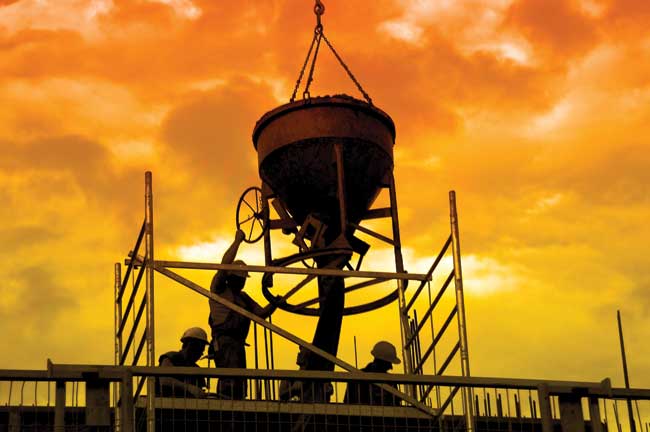Road and Bridge Building Costs Will Increase More than $100 Billion Without Coal Fly Ash
The cost to build roads, runways and bridges would increase by an estimated $104.6 billion over the next 20 years if coal fly ash is no longer available as a transportation construction building material, according to a new study by the American Road and Transportation Builders Association’s Transportation Development Foundation (ARTBA-TDF).

Fly ash is a byproduct of coal combustion for electricity generation. It is widely used as a supplementary cementitious material in the production of concrete. Fly ash concrete is a mixture of choice for many state and local transportation departments and transportation engineers because of its performance enhancing and cost-saving benefits. It has also been praised for its environmental benefits as a “green” building material, putting to use an energy production byproduct that reduces demand for carbon-intensive Portland cement, requires less water in the setting process and would otherwise wind up in a landfill.
Despite its many documented advantages and widespread use, proposed disposal regulations may limit or eliminate its availability because many still see it as a pollutant. Coal-fired power plants generate more than 130 million tons of various cash wastes every year. The numbers have been increasing as more plants install scrubbers and other equipment to control air pollution, but shift the toxic leftovers from burning coal into ash and other wastes. No single national program sets up a concrete regulatory plan for the handling of those “coal combustion wastes.” The issue has simmered for years, with little focus from political leaders, until the spill of a billion gallons of coal ash (containing an estimated 2.9 million lbs of toxic pollutants) from a Tennessee Valley Authority plant two years ago.
But coal ash has many advantages, and the ARTBA-TDF study was conducted to forecast the potential economic impacts of the loss of fly ash availability in just one U.S. construction market — transportation infrastructure. Alison Premo Black, ARTBA senior economist and the report’s author, says the excess $5.23 billion annual direct cost includes a $2.5 billion increase in the price of materials and an additional $2.73 billion in pavement and bridge repair work due to the shorter pavement and service life of other Portland cement blends.
“Without the availability of fly ash, American taxpayers would ultimately bear the burden, either paying more for the same level of transportation improvements, or dealing with the consequences of a scaled back improvement program,” says Black.
To put the $5.23 billion figure in perspective, it is almost $2 billion per year more than the federal government currently invests in the Airport Improvement Program and about 13 percent of the federal government’s total annual aid to the states for highway and bridge work.
“The study’s findings should be a real eye-opener for members of Congress and other federal policy makers,” said Bill Gehrmann, president of Headwaters Resources Inc., whose group commissioned the report. “Without coal ash, concrete will become more expensive and the environmental footprint of the transportation sector will only increase. There is nothing green or sustainable in such a scenario.”
